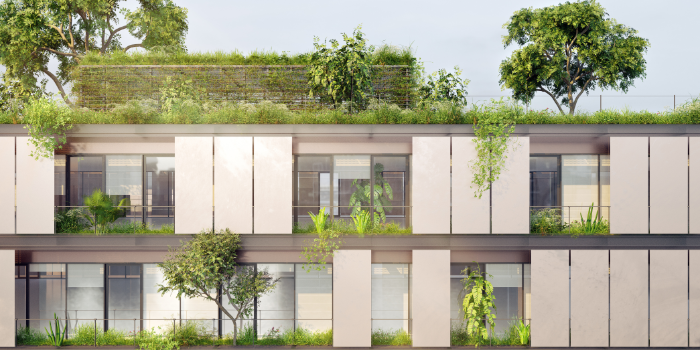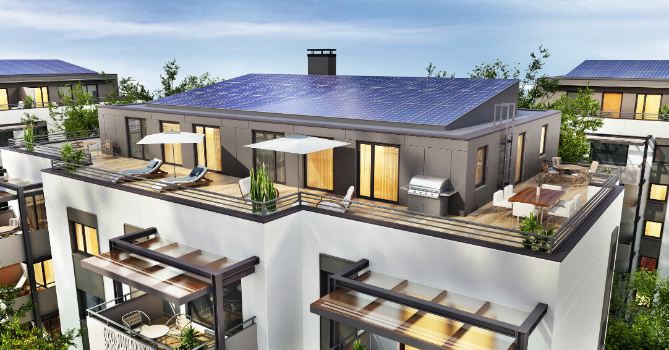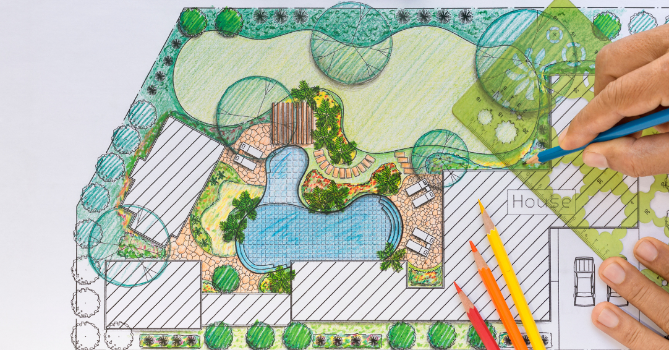
Towards Greener Skies: BIM and Biomimetic Architecture
Imagine stepping into a world where buildings breathe, skyscrapers clean the air, and homes adapt to the weather. This isn't a scene from a futuristic movie; it's the direction architecture is heading, thanks to groundbreaking tools like Building Information Modeling (BIM) and principles of biomimetic architecture. In this article, we're diving into how these innovations are not just changing the way architects design but are also reshaping our future cities. BIM brings our blueprints to life, making designs more efficient and less wasteful.
Meanwhile, biomimetic architecture teaches us to look to nature for inspiration, creating structures that are more sustainable and in harmony with the environment. Together, they're paving the way for a future where architecture isn't just about creating spaces but about enhancing our world. Join us as we explore the promising horizon of architecture's future, where every building is a step towards a more sustainable and innovative tomorrow.
Once upon a time, buildings were purely functional. They provided shelter, a place to live, work, or pray. As time went on, architects started playing with designs, inspired by everything from the grandeur of nature to the simplicity of geometry. Fast forward to today, and we're at the cusp of a revolution, where architecture is not just about creating spaces but about solving problems.
Enter the era of sustainable design, powered by technology like BIM and inspired by the genius of nature itself. BIM, or Building Information Modeling, isn't just a fancy tool; it's a game-changer. It allows architects to create digital models that are so detailed, they breathe life into blueprints before the first brick is laid. This technology helps reduce waste, save time, and improve efficiency.
Biomimetic architecture, on the other hand, teaches us to mimic nature's time-tested patterns and strategies. Think of a building designed like a tree, self-sufficient and resilient. These approaches are guiding us toward a future where buildings not only exist within the environment but contribute to it positively.

The future of architecture promises a world where our built environment blends seamlessly with the natural one. A world where buildings are not just structures, but living systems that adapt, evolve, and maybe even think for themselves. This isn't just a dream. With the tools and inspiration we have today, this future is within our grasp.
BIM, short for Building Information Modeling, is revolutionizing architectural design. Imagine drawing not just walls and windows but every detail of a building, from pipes to electrical routes, all before construction starts. BIM makes this possible. It's like having a crystal ball; architects and engineers can foresee and fix problems before they happen, saving time, money, and materials.
This tool is not just about building smarter; it's about building with less impact on our planet. With BIM, designs become more energy-efficient, materials are used more judiciously, and buildings fit better with their natural surroundings. It's a leap towards more sustainable construction practices.
But BIM's magic doesn't stop at design. It guides the construction process, helps manage buildings once they're built, and even supports their demolition, ensuring materials are recycled or reused. In short, BIM is not just a tool; it's a whole new way of thinking about architecture. It's a bridge to a future where every building is smarter, greener, and more in tune with its environment.
Biomimetic architecture turns to nature, the world's most seasoned designer, for inspiration. This approach marvels at how nature solves its problems – from the self-cleaning leaves of the lotus flower to the cooling systems of termite mounds – and applies these lessons to building designs. It's about more than just aesthetics; it's about efficiency, resilience, and sustainability. Buildings designed with biomimicry in mind not only look unique but also function in harmony with their environment. They use less energy, reduce waste, and provide healthier spaces for us to live and work. This movement towards biomimetic architecture promises a future where our cities reflect the best of both human innovation and natural wisdom. Through mimicking the ingenuity of nature, architects are crafting a world where buildings breathe, temperatures regulate naturally, and structures blend seamlessly into their ecosystems.

When biomimetic architecture meets BIM, it's like the merging of nature's genius with futuristic technology. BIM's precision and efficiency provide a solid foundation for integrating biomimetic principles into architectural design. This synergy allows architects to not only emulate natural forms and processes but also to visualize and optimize these designs in a virtual environment before any real-world implementation. This collaboration leads to smarter, more sustainable buildings that are better adapted to their environments. It encourages a holistic approach to design, where the structure's form and function are inherently connected to its ecosystem. Through this partnership, the built environment becomes a reflection of the natural world, embodying its efficiency, resilience, and beauty.
The future of architecture is unfolding right before our eyes, moving towards a world where buildings not only shelter us but also enhance our environment. Imagine cities where every structure mimics the efficiency of nature, harnessing energy from the sun and wind, recycling water, and improving air quality. With advancements in BIM and biomimetic architecture, this future isn't just a possibility; it's becoming a reality. We're stepping into an era where our buildings will think, react, and adapt to their surroundings, making our lives better and our planet healthier. The next chapter in architecture promises to blend innovation with sustainability, creating a world where every new building is a step towards a brighter, greener future.
As we've explored, the future of architecture is a blend of nature's wisdom and cutting-edge technology. BIM and biomimetic architecture are leading us towards sustainable, efficient, and innovative designs that promise not only to reshape our skyline but also to redefine our relationship with the environment. The journey ahead is exciting, with each new development bringing us closer to a world where our built environment exists in harmony with the natural world. The future of architecture isn't just about buildings; it's about creating a better world for generations to come.
Ready to be part of the future? Dive into the world of sustainable and biomimetic architecture today. Whether you're designing, building, or simply dreaming of a greener world, your journey starts now. Embrace BIM, look to nature for inspiration, and let's build a future where architecture and environment thrive together.